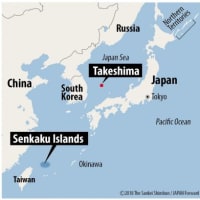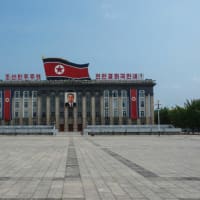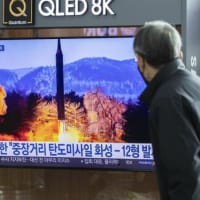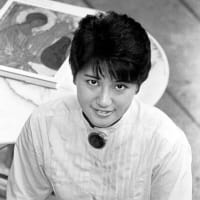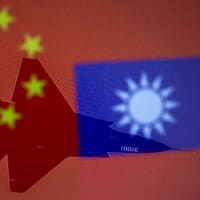

Welcome to Issues in Japan.
I would like to tentatively share the insights and thoughts of Mr. Taro Yayama, Political commentator and the Chairman of the Japan Forum for Strategic Studies.
The theme is:
“The Conflict Between the Pink and White Factions of the Constitutional Democratic Party”
-The Constitutional Democratic Party of Japan should disassociate itself from the Communist Party.
The Constitutional Democratic Party of Japan (Rikken DPJ) has released a document summarizing its defeat in the fall lower house election.
With regard to electoral cooperation with the Communist Party, the document remains as vague as ever, saying that the party will "review its overall strategy" for the summer upper house election.
The Rikken DPJ's sickness is that it always has forces on both the right and the left within the party, and every time there is an election, there is a confrontation between the "pink" faction that works with the Communist Party and the "white" faction that opposes it.
In fact, the other side of Japan's political history has always been a confrontation between the Reds, Pinks, and Whites.
In the political world immediately after the end of the war, the deep pink left faction of the Socialist Party and the red faction of the Communist Party united to confront the government under the slogan of "Socialist-Communist Joint Struggle."
On the other hand, the right-wing Socialist Party was white, but had no particularly strong selling point.
In 1955, the Socialist Party united the left and right, and in response, the conservative parties formed a conservative union.
This was the so-called "55-year system."
Since then, the white rightists who were trapped in the Socialist Party angrily broke away and formed the Democratic Socialist Party.
The Socialist Party, like the Communist Party, had a strong anti-American policy, but the newly formed Democratic Socialist Party was more anti-communist and pro-American than the Liberal Democratic Party.
The Communist Party was born with the background of China and the Soviet Union, so its foreign policy is strongly anti-American.
It was inevitable that the Pink Party, which was strongly influenced by the Communist Party, would become anti-American.
The Yukio Hatoyama and Naoto Kan cabinets, caught between China and the US, have developed incoherent politics.
This is probably due to their political policy of combining red, pink, and white.
To the U.S. and Japan's white parties, this was seen as harassment.
There was a realignment of the opposition parties, and the Rikken DPJ attracted pink and white people.
Since it is the first opposition party, it has to show its leadership in the Upper House election.
When this is said, the Rikken DPJ has the propensity to think about forming a coalition with the Reds again.
There are 32 single-seat constituencies in the upcoming Upper House election, and if a large opposition coalition can be formed here, there is a chance that all of them will win.
In order to assemble this coalition, the White faction within the party implied that they would no longer work with the Communist Party.
However, the Pink Party protested, and the Pink-White controversy was carried over.
This intra-party dispute is always a problem, but it will never be resolved.
This time, the National Democratic Party, which was in the White camp, seems to reject the grand coalition again and choose to join forces with the Japan Innovation Party, which is also in the White camp.
Why is it that the number one opposition party always has a pink slip?
The answer is the presence of the Communist Party.
As a result of the Electoral System Council's investigation into what kind of system would bring about a change of government, it came up with a system of parallel representation of constituencies and proportional representation.
The first election under this system was held in 1996, but since then there has not been a change of government in the ideal form, such as a change of government by the two major parties.
The reason for this the first opposition socialist party, be it the former Socialist Party or the Constitutional Democratic Party, cannot exclude communism.
It is inevitably tinged with pink, and the white faction of the other party runs away from it.
Fifty countries, including the U.S. and West Germany, believe that freedom and rights that deny freedom and democracy are not recognized.
Does the fact that the Japanese Communist Party (JCP) does not completely reject "violent revolution" mean that there is a danger of destroying democracy?
That’s all for now.
Thank you for your visit and interest.











